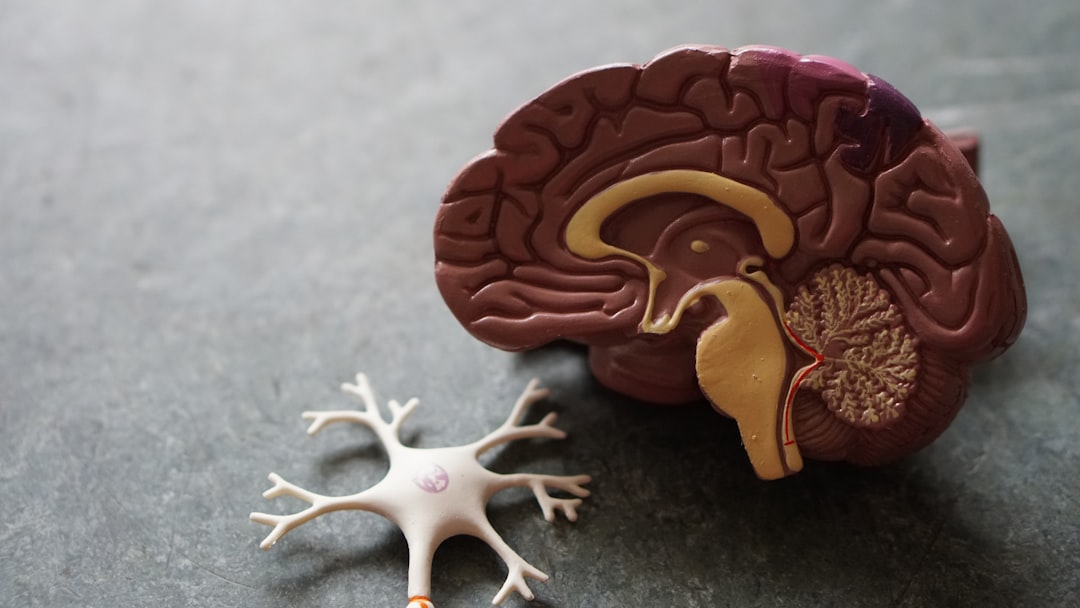What is it about?
Basis (B-)splines constitute a flexible set of basis functions, which can therefore be employed to model curves and surfaces of diverse geometrical shapes. In this study, tunnel profile models of three-dimensional measured laser scanner data are determined in particular. Since the laser scanner measures not only points of the tunnel structure, but also of present objects such as cables and rails, some of the the recorded points constitute outliers. It is shown how such outliers can be taken into account within the B-spline estimation through a self-tuning robust procedure based on the assumption of Student t-distributed measurement errors. It is also demonstrated that an adequate B-spline model complexity can be determined automatically by inspecting certain statistics of the given data set, which are related to the characteristics of the data-specific t-distribution selected by the robust procedure.
Featured Image
Why is it important?
When B-splines are estimated via the usual method of least squares, the resulting tunnel profile model is distorted by outliers. Furthermore, if the complexity of the B-spline model is inadequate, then the estimated tunnel profile will not be realistic. In order to relieve the surveyor or data analyst from the time-consuming task of data-cleansing and model selection, it is crucial to apply a self-optimizing robust procedure (which automatically adapts itself to the actually present outlier characteristics) and a B-spline model selection (which automatically chooses a realistic tunnel profile model).
Read the Original
This page is a summary of: TLS-based Profile Model Analysis of Major Composite Structures with Robust B-spline Method, Composite Structures, October 2017, Elsevier,
DOI: 10.1016/j.compstruct.2017.10.057.
You can read the full text:
Contributors
The following have contributed to this page










